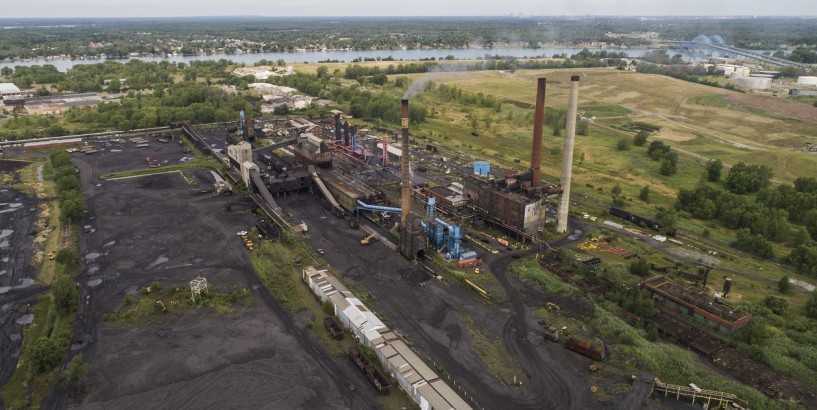It’s uncertain yet how the former Tonawanda Coke plant will be cleaned up, how long it will take or who will oversee the job. But this much is certain: It would be crazy not to give strong consideration to the state’s Brownfield Cleanup Program.
That successful program has been applied to toxic cleanups large and small, in Western New York and around the state, achieving the same standards as the state or federal Superfund programs while doing it much faster and still leaving recourse to turn to those other programs, if appropriate.
Why do anything else? It’s a question that critics of the Brownfield approach will have to answer if they prefer Tonawanda Coke to undergo cleanup via the Superfund route, one that could take many years longer while delaying the productive reuse of an economically advantageous location and all without any difference in the thoroughness of the work.
One critic of that approach, Judith Enck, who is a former administrator with the federal Environmental Protection Agency, is adamant that the Brownfield program is inappropriate, but her criticism seems to be off base.
Because of the level of toxicity, she said, “This is not even a close call. The state Brownfield program was established to deal with lightly contaminated sites such as gas stations and dry cleaners. Tonawanda Coke Corp. is a heavily contaminated site and does not belong in the state Brownfield program.”
But the Brownfield program has been responsible for several large-scale cleanups. Among them are 128.34 acres of the General Motors Components plant in Lockport. That job was completed in 2016, less than seven years after the project was approved, according to information provided by the Department of Environmental Conservation. The Tonawanda Coke cleanup would cover 168 acres.
Even more persuasively, the Brownfield program also oversaw the cleanup of 31 acres once occupied by Donner Hanna Coke and Republic Steel. That site is now occupied by Zehnder Rittling, formerly Hydro-Air Components Inc. The company employs about 130 people following a cleanup that took 1½ years from approval to completion.
A principal reason that Brownfield cleanups proceed more quickly while producing results identical to Superfund projects is that the Brownfield program requires a willing cleanup partner – an entity that accepts its legal responsibility and doesn’t require the time and expense of court hearings to force a variety of issues. The Tonawanda Coke project would appear to have that partner in Honeywell International, which is pushing for the inclusion in the Brownfield Cleanup Program.
Honeywell has agreed with regulators that it bears some responsibility for the cleanup. Its predecessor, Allied Chemical, founded a coke manufacturing plant at the site in 1917, and ran it until 1977, when it sold the plant to J.D. Crane, former chief executive of Tonawanda Coke. That company closed its doors last fall, when it was unable to make its final $2 million community service payment required from its 2014 criminal pollution case.
John Morris, Honeywell’s global remediation director, believes the site could be cleaned and reoccupied within five years if the work proceeds under the umbrella of the Brownfield Cleanup Program. Some Superfund projects span decades, only to produce the same results, he said.
That approach would save Honeywell time and expense, but it would also serve the community. Maybe other issues regarding the cleanup of this badly contaminated land will, somehow, suggest that a Superfund process is more appropriate. If so, that’s what will have to happen.
But it won’t be because the Brownfield program can’t handle large projects or because of a lack of a compliant partner that accepts its responsibility. Right now, this looks like the best way forward.









